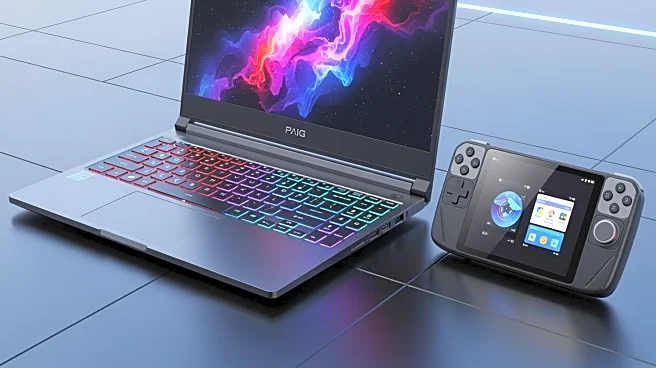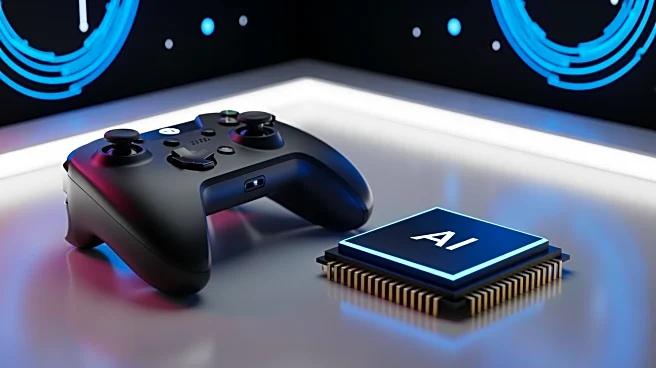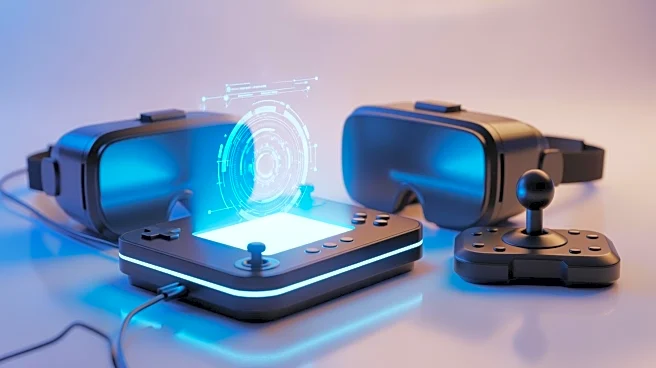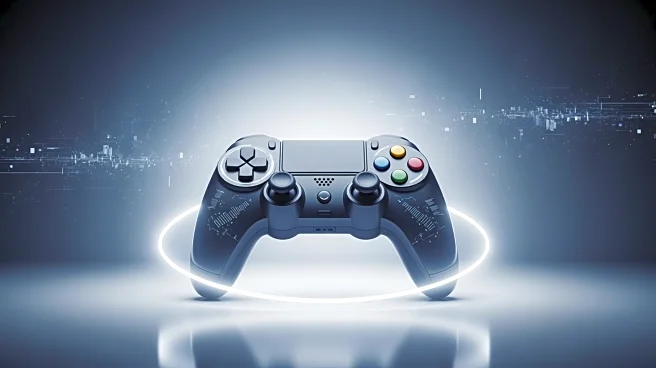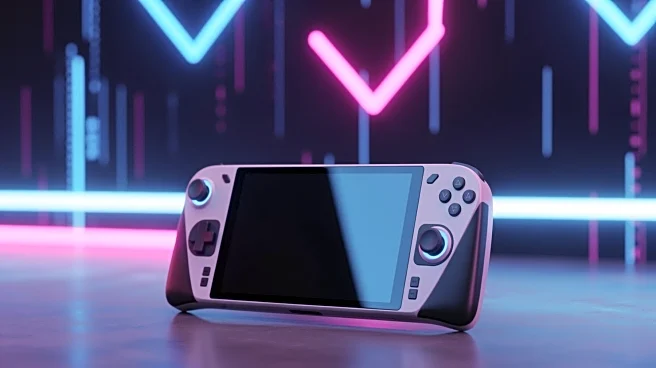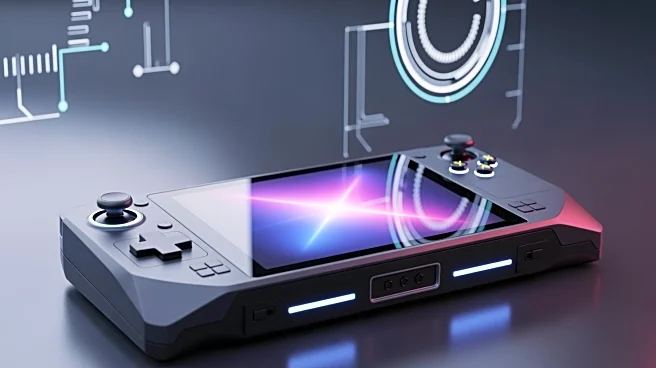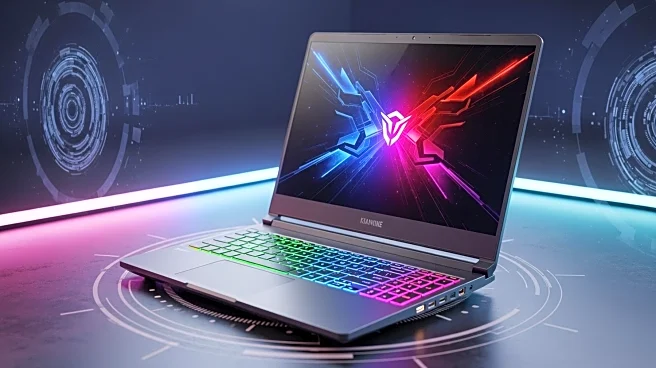What's Happening?
The gaming industry is witnessing a shift in consumer preferences as handheld gaming PCs, such as the Xbox Ally X and Lenovo Legion Go 2, become more popular. These devices offer portability and the ability to play games on the go, appealing to gamers
who want an alternative to traditional gaming laptops. However, the rising costs of these handheld devices are narrowing the price gap with gaming laptops, which have traditionally been more expensive. Despite the convenience of handhelds, gaming laptops continue to offer superior performance, higher resolution, and better visual quality, making them a preferred choice for many gamers.
Why It's Important?
The increasing popularity of handheld gaming PCs highlights a significant trend in the gaming industry, where portability and convenience are becoming key factors for consumers. However, as the price of these devices rises, consumers may reconsider their value compared to gaming laptops, which offer more comprehensive functionality. This trend could impact manufacturers like Lenovo and Asus, who may need to reassess their pricing strategies to remain competitive. Additionally, the shift in consumer preferences could influence the development of future gaming devices, potentially leading to innovations that balance portability, performance, and cost.
What's Next?
As the market for handheld gaming PCs continues to evolve, manufacturers may need to focus on enhancing the user experience and reducing costs to maintain their appeal. Companies might explore new technologies or partnerships to offer more affordable options without compromising on performance. Additionally, the competition between handhelds and gaming laptops could drive further innovation in both segments, leading to devices that better meet the diverse needs of gamers. Consumers can expect to see more options and potentially lower prices as companies strive to capture a larger share of the gaming market.
Beyond the Headlines
The rise of handheld gaming PCs also raises questions about the future of gaming as a whole. As these devices become more mainstream, they could influence the types of games developed, with a potential increase in titles optimized for portable play. This shift could also impact the gaming culture, as more players engage in gaming on the go, potentially leading to new social dynamics and gaming communities. Furthermore, the environmental impact of producing more electronic devices could become a concern, prompting discussions about sustainability in the gaming industry.
